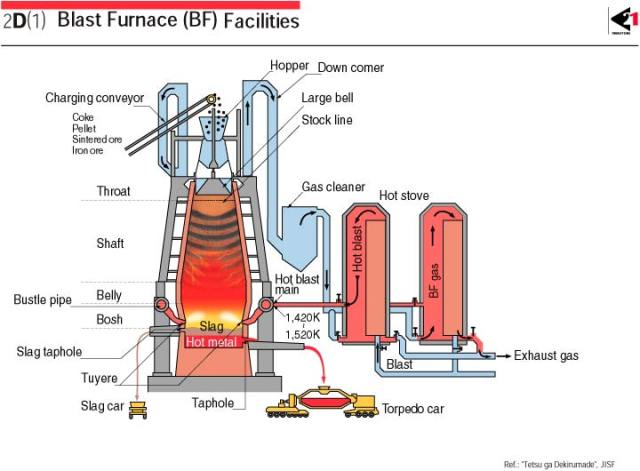Sulfur dioxide can be found naturally in the environment: released from volcanoes, geothermal hot springs, oceans, biological decay, and forest fires. However, these sources contribute approximately only 1% of the sulfur dioxide found in the air.



 Sulfur dioxide, is otherwise produced as a byproduct by man-made activities. Industrial activities, such as the combustion of fossil fuels, most notably oil and coal, which contains Sulfur compounds, the extraction of metals from sulfide ores, such as the extraction of Zinc from Zinc sulfide, the manufacture of Sulfuric acid, conversion of wood pulp to paper, incineration of rubbish refuse, and the production of Sulfur, contribute a large majority of Sulfur dioxide to the air.
Sulfur dioxide, is otherwise produced as a byproduct by man-made activities. Industrial activities, such as the combustion of fossil fuels, most notably oil and coal, which contains Sulfur compounds, the extraction of metals from sulfide ores, such as the extraction of Zinc from Zinc sulfide, the manufacture of Sulfuric acid, conversion of wood pulp to paper, incineration of rubbish refuse, and the production of Sulfur, contribute a large majority of Sulfur dioxide to the air. http://wiki.answers.com/Q/What_are_the_primary_sources_of_sulfur_oxides_and_nitrogen_oxides
http://www.easychem.com.au/the-acidic-environment/acidic-oxides/sources-of-sulfur-dioxide-and-oxides-of-nitrogen
http://www.elmhurst.edu/~chm/vchembook/193nox.html
http://textbook.s-anand.net/ncert/class-11/chemistry/14-environmental-chemistry
http://www.thehindubusinessline.in/iw/2005/02/06/stories/2005020600811500.htm
http://en.wikipedia.org/wiki/Wildfire
http://www.archdaily.com/4190/geometric-hot-springs-german-del-sol/
http://thechemshoplmxl.wordpress.com/2012/09/01/extraction-of-zinc-from-zinc-blende/
http://portal.unesco.org/geography/en/ev.php-URL_ID=6020&URL_DO=DO_TOPIC&URL_SECTION=201.html
http://textbook.s-anand.net/ncert/class-11/chemistry/14-environmental-chemistry
http://www.thehindubusinessline.in/iw/2005/02/06/stories/2005020600811500.htm
http://en.wikipedia.org/wiki/Wildfire
http://www.archdaily.com/4190/geometric-hot-springs-german-del-sol/
http://thechemshoplmxl.wordpress.com/2012/09/01/extraction-of-zinc-from-zinc-blende/
http://portal.unesco.org/geography/en/ev.php-URL_ID=6020&URL_DO=DO_TOPIC&URL_SECTION=201.html
Labels: sourcessulphurdioxide

 Monday, 24 December 2012
Monday, 24 December 2012 